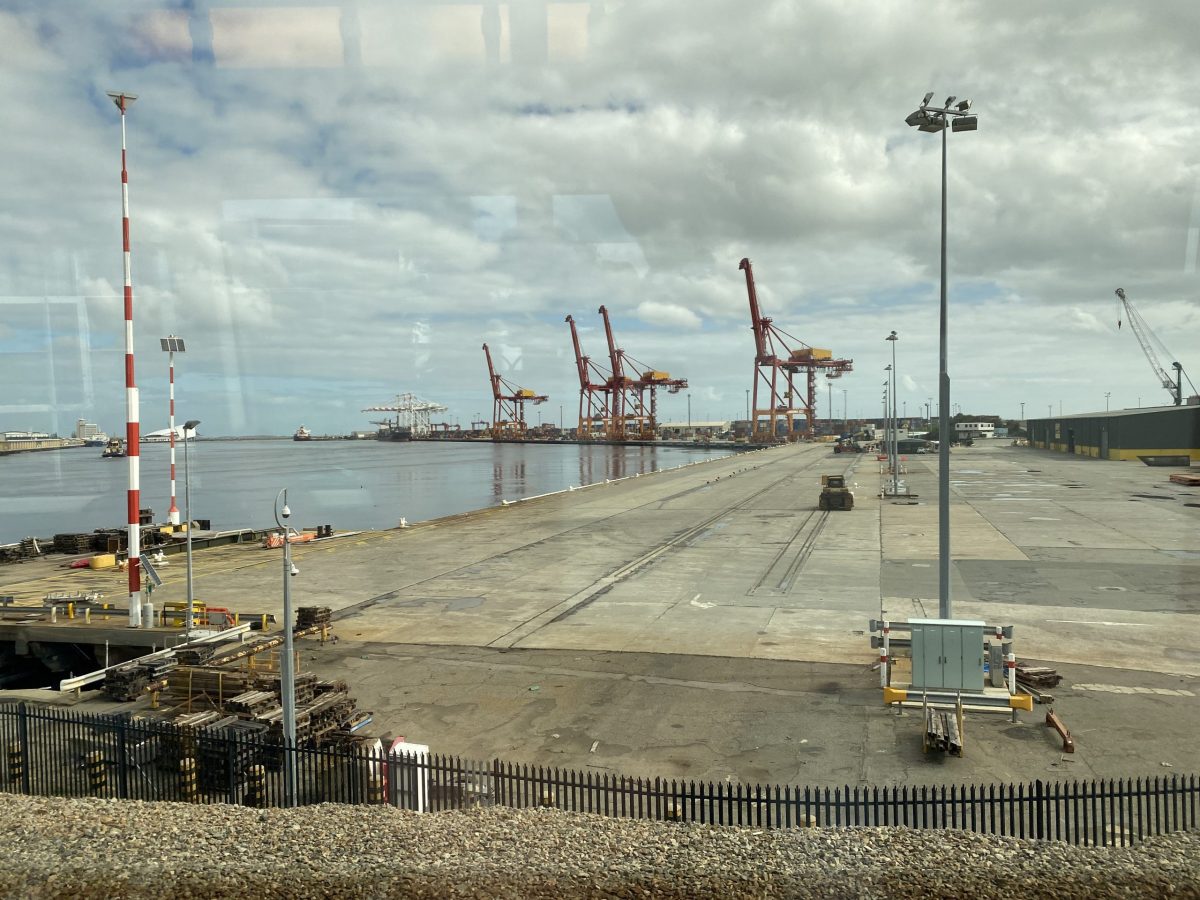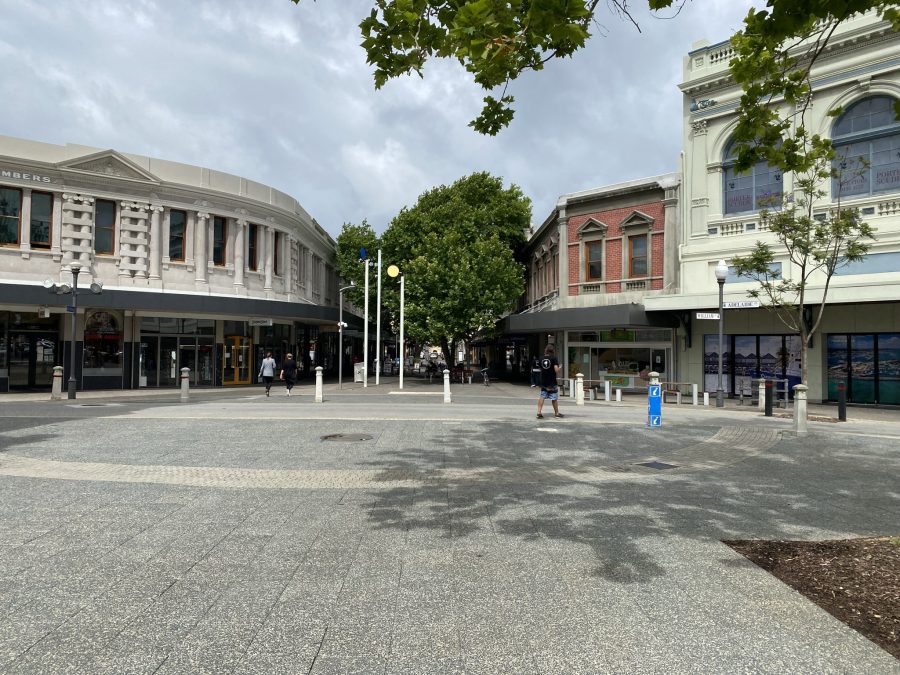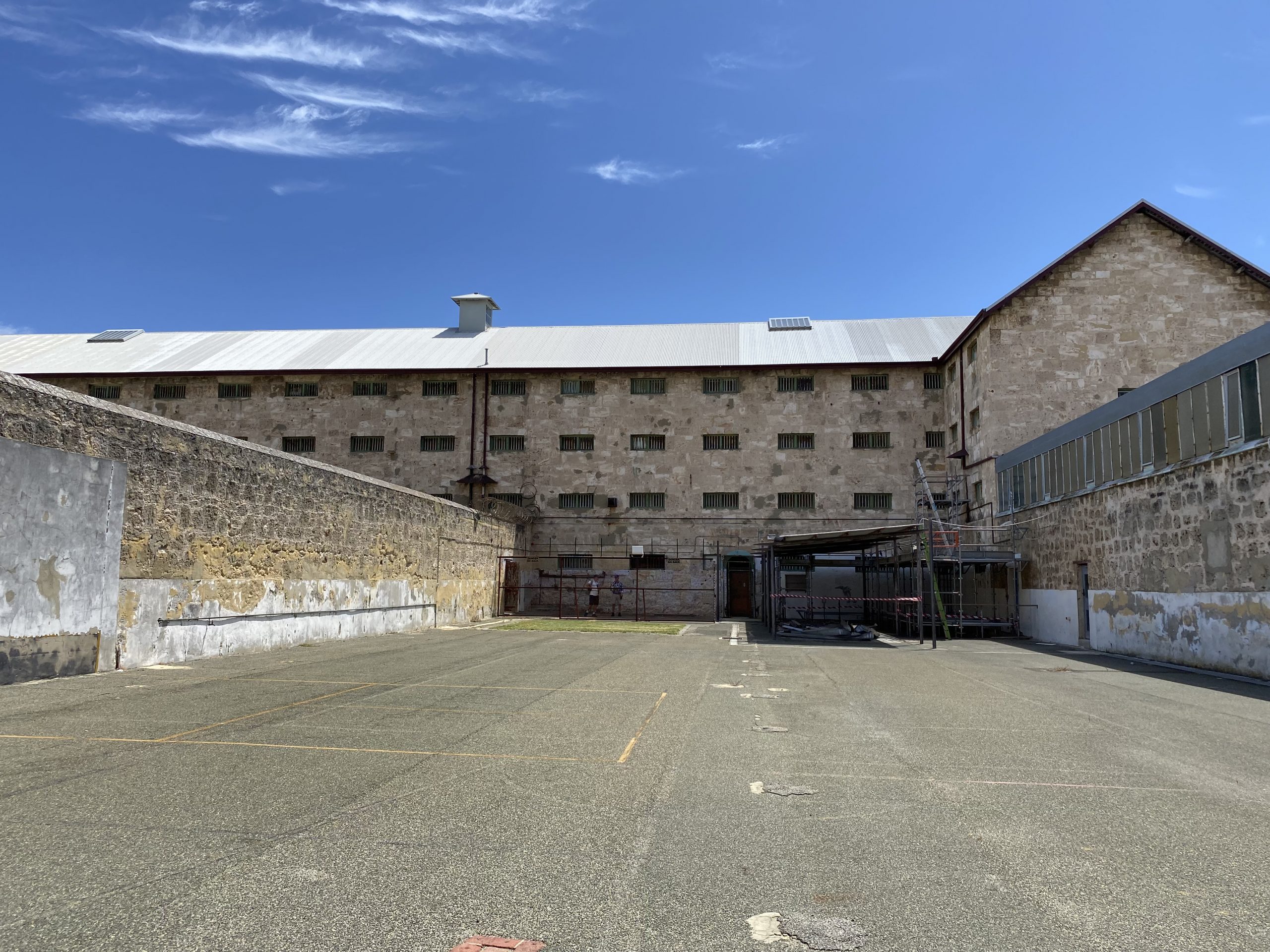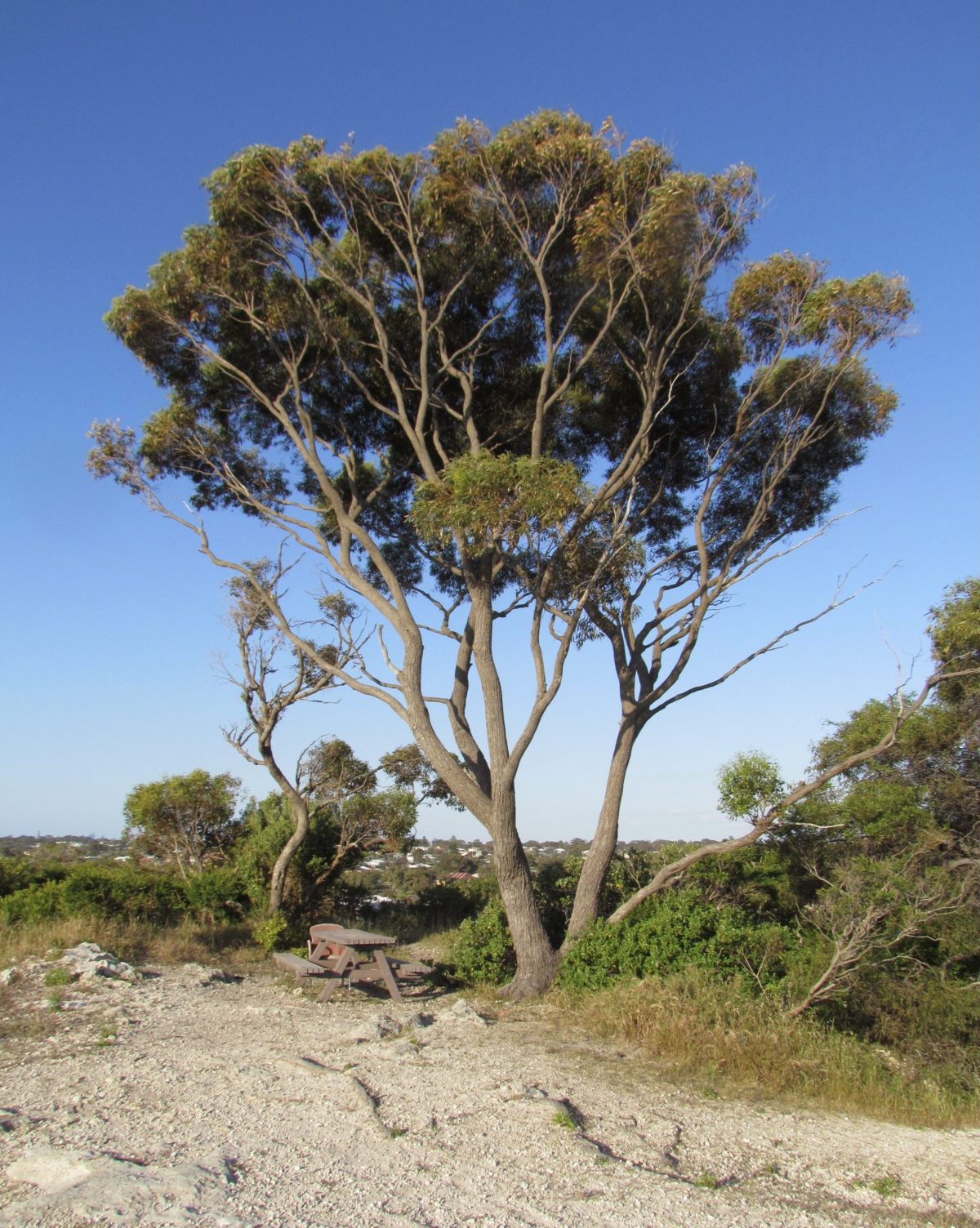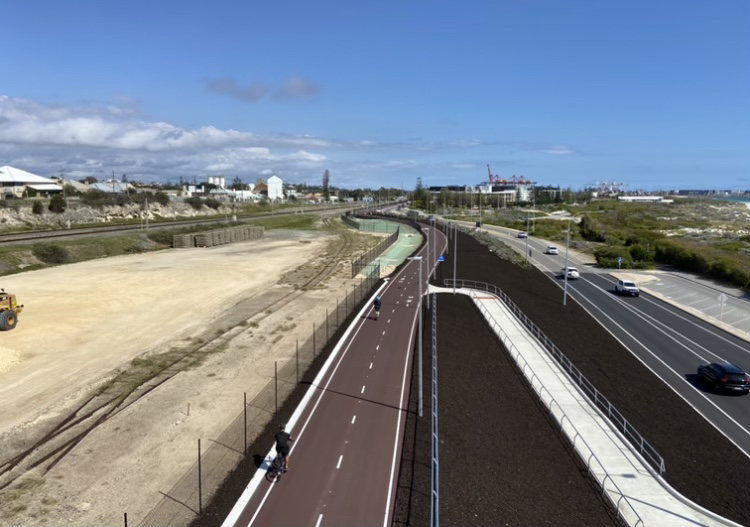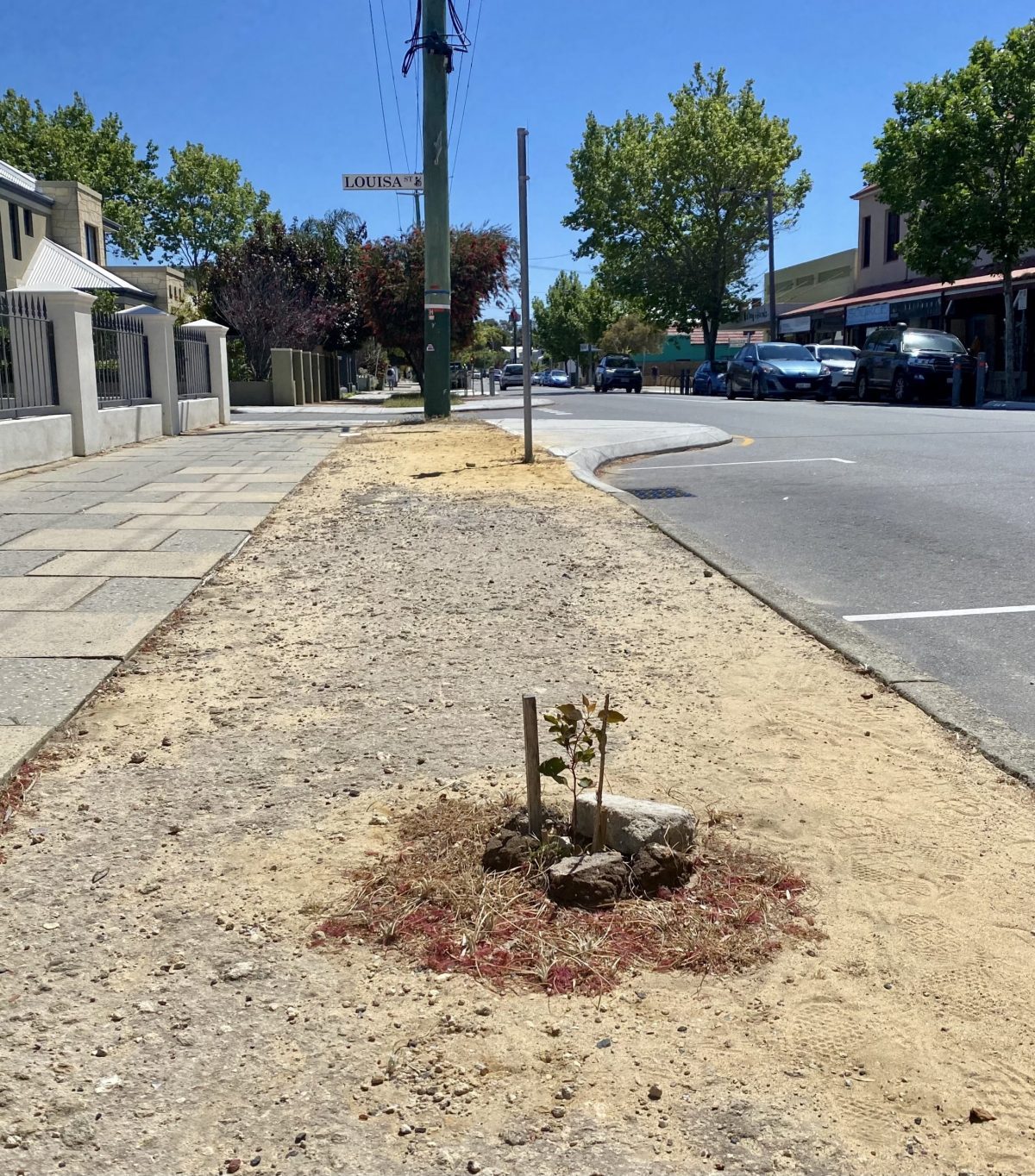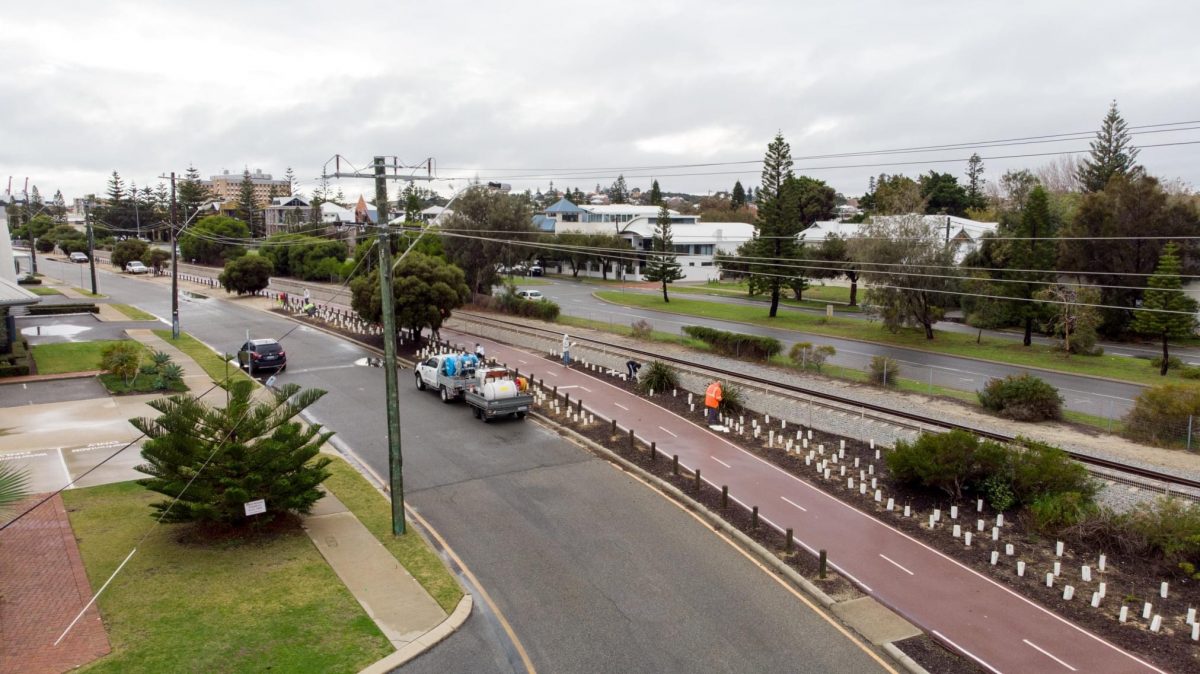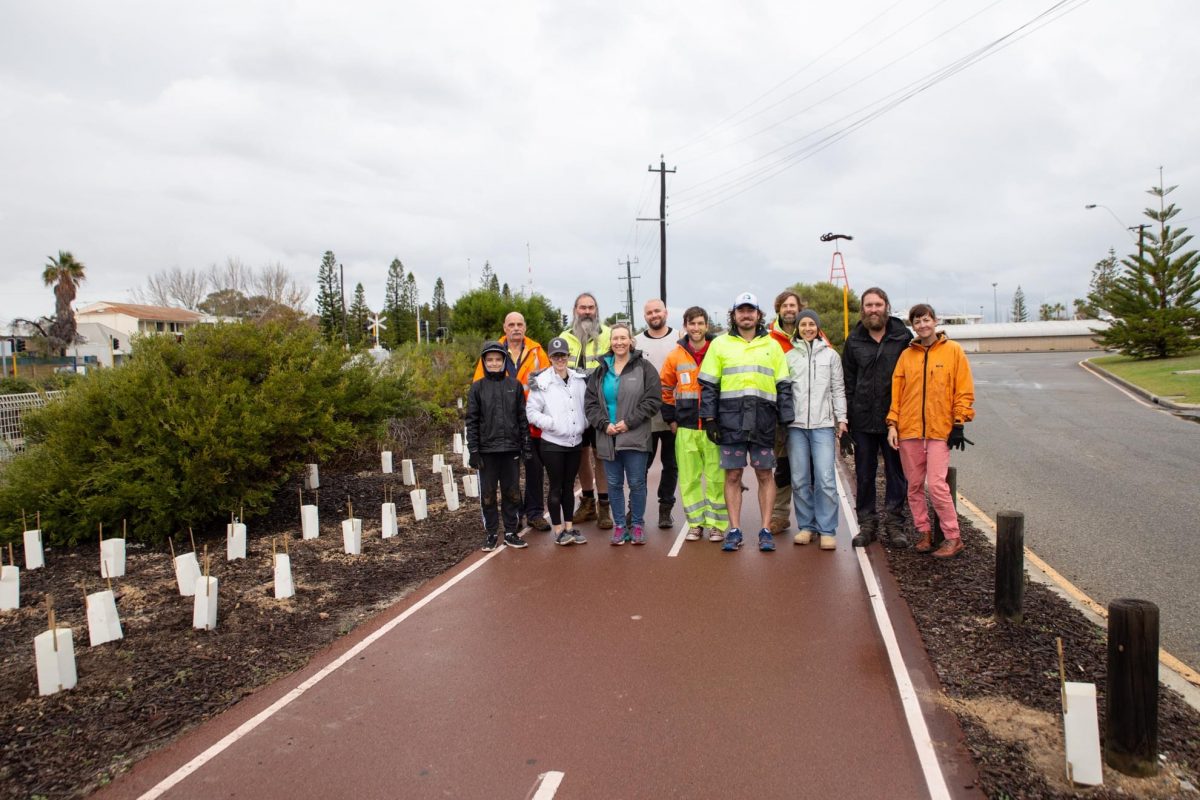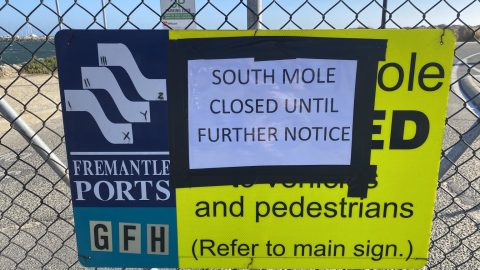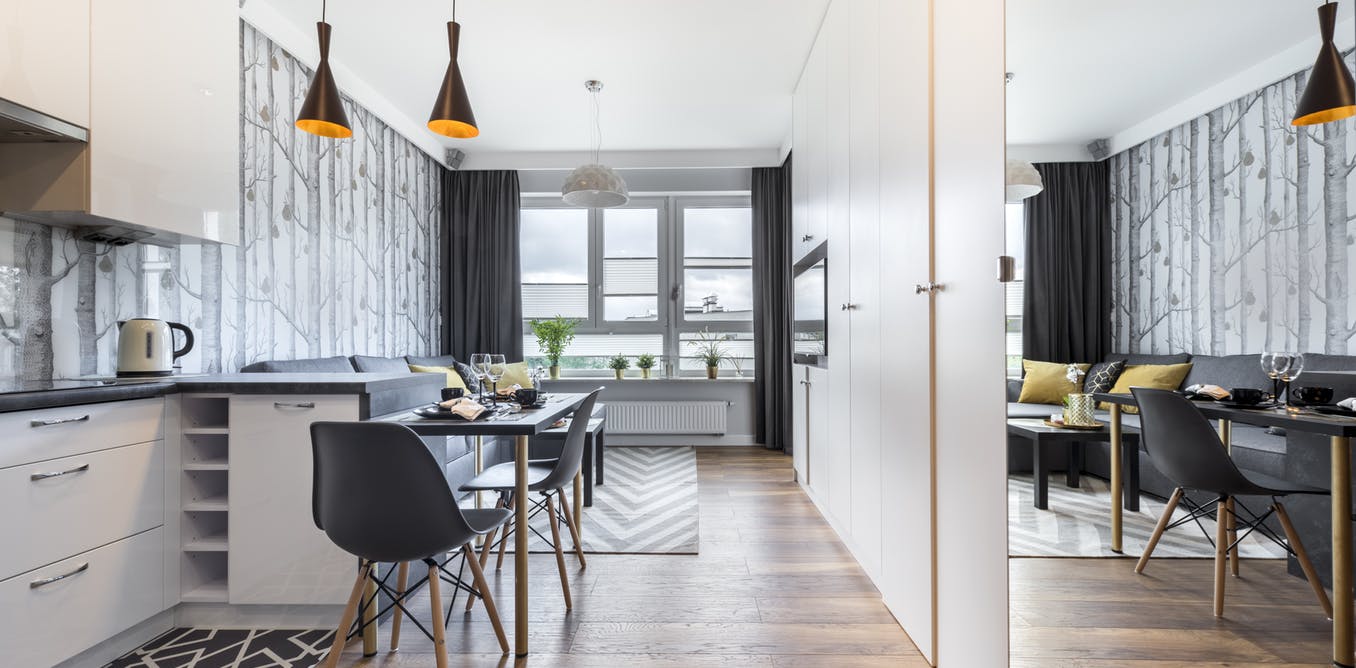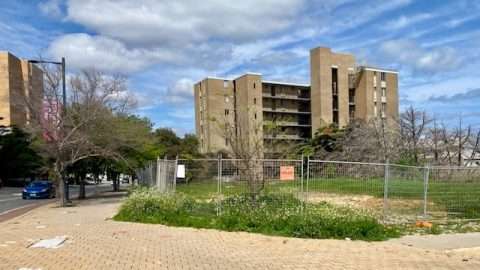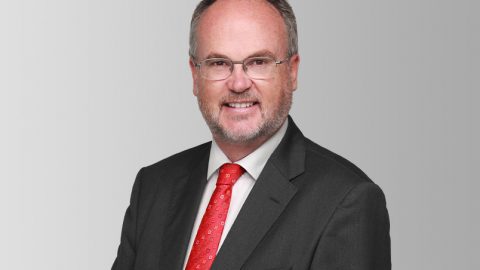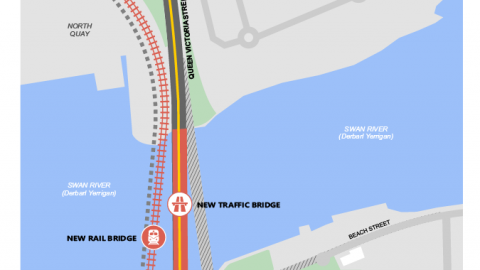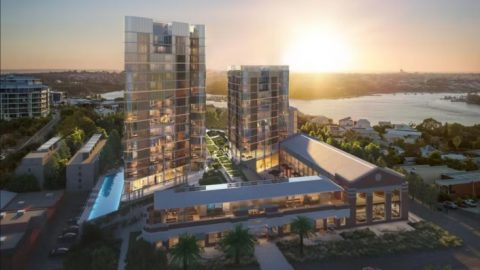Remember last summer, walking in oppressive heat, when the shade of the next tree looked too far away and the air in-between seemed to buckle and blister? Well, now there is a fresh and dedicated move by the City of Fremantle to increase our tree canopy.
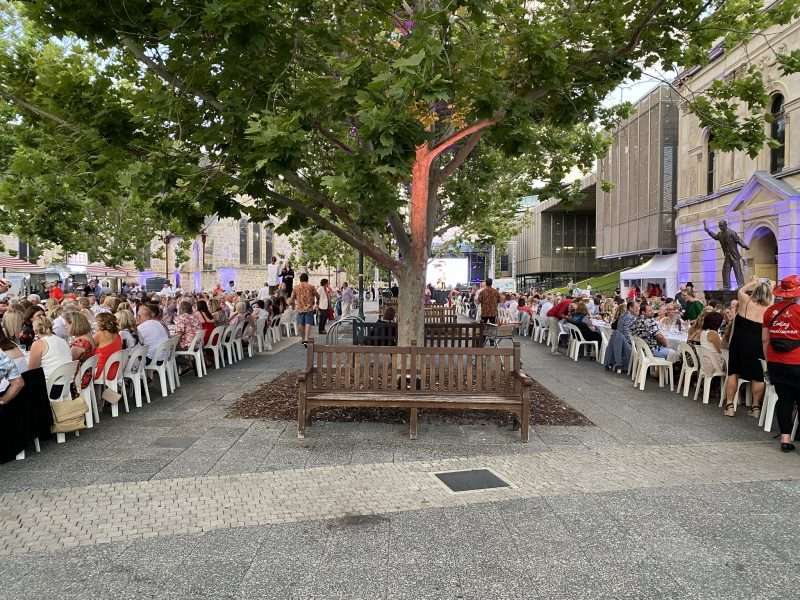
Trees, as we know, provide oxygen and limit carbon in the atmosphere; and they reduce air pollution, provide food and shelter for wildlife, minimize erosion and maintain healthy soil, increase rainfall, and absorb sunlight as energy. Simply put, trees are a vital component of the survival of life on Earth.
In this article we at the Shipping News identify who has been involved in efforts to increase the tree canopy to date, what is being done, and what are some of the challenges. Oh, and how you can get involved.
We will keep a watching brief on the important efforts by the City to fulfill this important climate change-related initiative (‘cos our temperatures are expected to keep increasing and our UV (skin-cancer-causing ultra-violet rays) rates have been described as extreme by BOM, the Bureau of Meteorology, for some time now. (Related to this, we respectfully suggest to Freo Council that, during the summer, shade cloth is really needed over the central part of the Walyalup Koort children’s playground.)
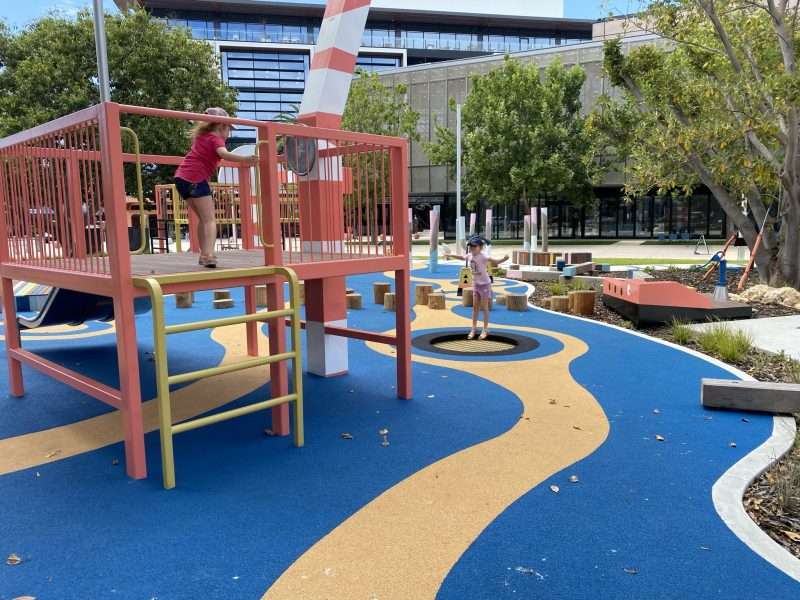
Short history. In 2014 Freo’s tree canopy cover was approximately 12% of public land, on average. By 2018 this had increased to 13% – or one tree per 2.1 people. A very slow increase (and tricky for the 0.1 person!).
As an indication of the overall shortfall, the ideal for the tree/person ratio, as quoted in the BBC’s Science Focus, and in terms of necessary oxygen-production, is 7-8 trees per person, across the planet.
The target that Fremantle aims to achieve in its current plan is 20% tree cover on public land, in line with nearby areas such as Melville, East Fremantle and Mosman Park.
The Urban Forest Plan adopted in 2014 set out a plan of action based on a consideration of landforms, soil types, thermal heat mapping and population demographics, and it remains the basis for the current plan.
In May 2021, FEC – the Fremantle Environmental Collective – backed by Cr Adin Lang and supported by a petition, successfully put a motion to Freo Council calling for defined targets, more street trees, a greater emphasis on native trees, more transparent reporting and a push for Clontarf Hill to be recognized as a reserve.
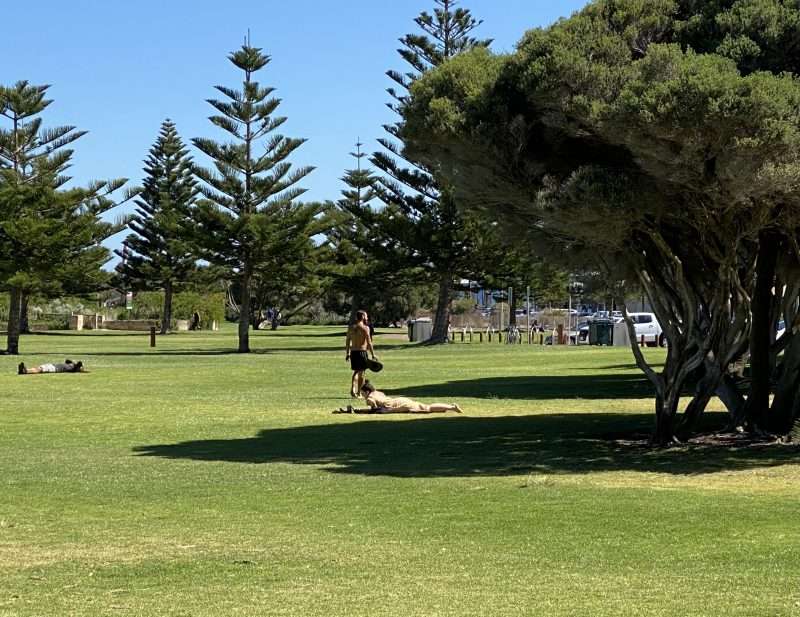
80% of this target will be trees in streets and parks, with the other 20% being tree plantings in natural bush land, thereby increasing the overall number of suitably advanced trees that are planted and reducing the number of tube stock, which had previously dominated.
The aim for 2021 was that an extra 1065 trees would be planted in streets and parks and 852 in natural bush. Numbers increase to 1080 and 864 respectively in 2022. The Council’s resolution requires that 80% of these targets be met.
The trees planted will be species that will reach at least three metres in height and be either endemic to the area, Australian natives, or trees that will provide appropriate shelter or food source to wildlife.
Because of the previous seven-year period in which relatively little progress was made, the Council is increasing its efforts on the canopy effort. New staff have been appointed to implement the Urban Forest Plan, including the highly-regarded specialist, Jeremy Thomas, Senior Urban Forest Officer who previously worked at Kings Park.
The challenges for tree-planting in public areas are various and include –
• Its costs, up to an estimated $10,000 for a single tree (when below-ground infrastructure is an issue).
• Not enough trees reach maturity due to defective root systems.
• Watering of green areas rather than trees.
• Changes in water accessibility.
• Decreasing soil quality.
Another possible problem for increasing the tree canopy in Fremantle is the arrival of the South-East Asian borer, the Polyphagous shot-hole borer (PSHB), first detected in East Fremantle in August this year.
The detection of the borer and its associated fungus has led to the quarantining of 17 local government areas (including Fremantle and almost the entire metropolitan area). We already know that this borer has over 100 reproductive hosts (tree species) and so far, in WA, it has affected the box elder maple, coral tree, sophora, Poinciana, mango and sea hibiscus.
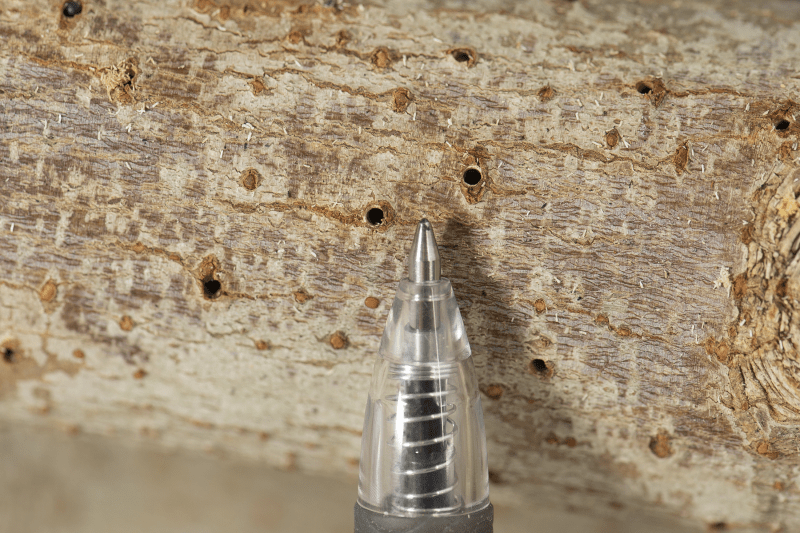
Obviously, the shot-hole borer could affect trees on both private and public land so do keep a watching brief on your own trees as well as on the ongoing advice from the Department of Agriculture, some of which has been issued to a mail box near you in recent weeks.
Tree canopy coverage varies from one of the four key areas of Freo – North (literally North Freo), South (Fremantle city and South Fremantle), East (WGV, O’Connor and North section of High Street south of Marmion Street) and West (Beaconsfield, Hilton, Samson corridor) – to another, largely due to urban infrastructure. You will know some of the main characteristics of these areas, such as the presence of the Port, light industry or major roads, and State government-owned areas that may have limited tree planting. The different characteristics of each area, with each having different percentages of hard surfaces, also translates into different heat zones.
Linking green areas across the city is also important for maximizing the benefits of the canopy for all the different creatures that rely on the trees for habitat.
All of us can assist Fremantle Council staff with the implementation of the Urban Forest Action Plan in a number of ways. One of its aims is to engage residents, so taking an active interest in the public tree profile, tree canopy and tree health and welfare in your local area as an interested custodian will help the canopy plan.
We also hope to cover trees on private land in the New Year, but obviously these also need care and attention.
You can volunteer to help the Fremantle Environment Collective as they have an ongoing active role in making sure the tree canopy increases in Fremantle. They meet once a month in Freo and can be contacted on Facebook or via The Wilderness Society of WA Inc. at wa@wilderness.org.au
You can also call Adin Lang, Councillor for City Ward to show your support. Adin has been active in promoting the Urban Forest Plan and our voices will be important in making sure the Action Plan is implemented. Adin can be contacted on Facebook or on 0438 908 829.
And do keep an eye out for tree planting activity around town. Adin Lang and The Friends of Marine Terrace have been at it again!
We hope to bring you an update from Jeremy Thomas in the New Year, and maybe an interview too!
The zingy catch phrase used in the Freo Council report is “10,000 trees in ten years” so let’s help make sure it happens.
PLEASE HELP US TO GROW FREMANTLE SHIPPING NEWS
FSN is a reader-supported, volunteer-assisted online magazine all about Fremantle. Thanks for helping to keep FSN keeping on!
* This article was written by Christine Owen. With thanks to Marcel Teschendorff and Mark Hutchison for their research or assistance.
** Don’t forget to SUBSCRIBE to receive your free copy of The Weekly Edition of the Shipping News each Friday!
